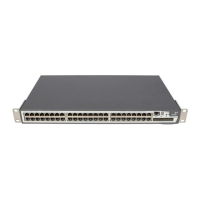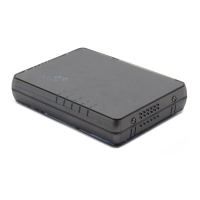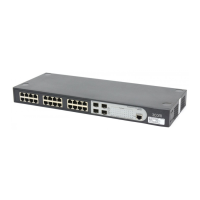File System Management Commands 405
Display information for directory flash:/test/
<SW5500>dir flash:/test/
Directory of unit1>flash:/test/
1 -rw- 248 Aug 29 2000 17:49:36 test.txt
20578304 bytes total (3104544 bytes free)
Display all of the files with names starting with "t" in directory flash:/test/
<SW5500>dir flash:/test/t*
Directory of unit1>flash:/test/t*
1 -rw- 248 Aug 29 2000 17:49:36 test.txt
20578304 bytes total (3104544 bytes free)
Display information about all of the files (including the deleted files) in directory
flash:/test/
<SW5500>dir /all flash:/test/
Directory of unit1>flash:/test/
1 -rw- 248 Aug 29 2000 17:49:36 text.txt
20578304 bytes total (3104544 bytes free)
Display information about all of the files (including the deleted files) with names
starting with "t" in
flash:/test/
<SW5500>dir /all flash:/test/t*
Directory of unit1>flash:/test/t*
1 -rw- 248 Aug 29 2000 17:49:36 text.txt
20578304 bytes total (3104544 bytes free)
execute Syntax
execute
filename
View
System view
Parameter
filename
: Name of the batch file, which is a string up from 1 to 256 characters in
length, with a suffix of “.bat”.
Description
Use the execute command to execute the specified batch file.
The batch command executes the command lines in the batch file one by one.
There should be no invisible character in the batch file. If invisible characters are
found, the batch command will quit the current execution without back off
operation. The batch command does not guarantee the execution of each
command, nor does it perform hot backup itself. The forms and contents of the
commands are not restricted in the batch file.
Example
To execute the batch file “test.bat” in the directory of “flash:/”, enter the
following:
<SW5500>system-view
System View: return to User View with Ctrl+Z.

